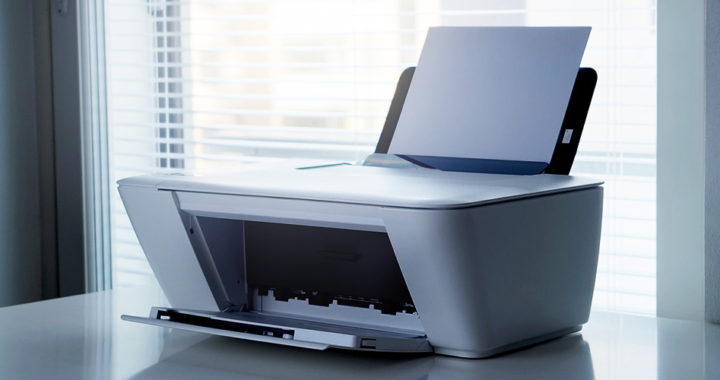An inkjet printer recreates digital images by accurately pushing or depositing droplets of inks onto a paper or substrates and other printable surfaces. As one of the most common types of printers in the market, its availability ranges from inexpensive consumer units to more expensive commercial models. Four major companies manufacture and market inkjet printers for mass and commercial consumption. These are Epson, Hewlett-Packard, Canon, and Brother.
The Pros: Advantages and Uses of an Inkjet Printer
One of the advantages of an inkjet printer is affordability. Compared to other types of printers such as laser printers, it is available in smaller and inexpensive models targeted toward the individual and home markets.
Standard inkjet printers capable of printing in color and monochrome are available at around USD 60.00. For comparison, the price range of a monochrome laser printer starts at around USD 200.00 with premium and colored models starting at around USD 300.00.
The affordability of inkjet printers translates to lower per-page costs than laser printers. However, it is also important to note that low-priced laser printers can also have lower per-page costs. The cost difference can be settled further by the price difference between ink cartridges and toners.
Some commercial and industrial models of inkjet printers are also capable of printing at speeds comparable to laser printers. Furthermore, these models are used in a variety of applications to include signage and textile printing, as well as three-dimensional printing.
Another advantage of inkjet printers centers on size and performance variants. Models geared toward home users are usually more compact and lightweight than their laser printer counterparts. Of course, commercial and industrial models are relatively bulkier.
These printers are also free from health and safety risks. Note that concerns have been raised over laser printers due to static discharge from toner particles, possible ozone build-up, and respiratory health issues due to particle emission.
The Cons: Disadvantages and Limitations of an Inkjet Printer
Overall printing costs can be a disadvantage. Inkjet printers might retail at only around USD 60.00, but upkeep from constantly buying and replacing ink cartridges could significantly increase printing costs over a period. Take note that manufacturers derive most of their revenues from the sales of cartridges.
For a better comparison, an inkjet printer priced at around USD 60 would typically require an ink cartridge retailing at about USD 20. A single batch of cartridge can only print between 200 to 250 pages. A laser printer priced at USD 400 with a toner retailing at USD 115 can print at around 8000 pages.
Remember inkjet printers use liquid-based ink housed in cartridges while laser printers use powdered ink or toner. Between these two printing mechanisms, toners print faster and have better and finer color and image reproduction.
Lifespan is another issue of an inkjet printer. For starters, its nozzle is prone to clogging. The inks have a short lifespan that the indefinite shelf life of toners. It is impractical to stock up supplies of ink cartridges. In addition, most inks are water-soluble, thus making prints prone to smearing and gradual fading.
Another limitation is printing time. Most inkjet printers are not designed for high-volume printing jobs. They also require non-porous paper or printable surface because the ink is liquid-based. Papers for these printers are usually thicker or heavier than laser printers.
Summary and Takeaway: The Pros and Cons of Inkjet Printers
The following is the summary of the advantages and uses of inkjet printers:
• They are ideal for individual or home use because of their affordability when compared to laser printers. In addition, when compared to dot matrix printers, they produce better prints with better image reproduction and color reproduction.
• Remember that most inkjet printers are compact and lightweight. Their smaller desktop footprint makes them ideal for use in confined spaces or on-the-go professionals such as traveling salespeople or mobile workers.
• High-end models can produce prints that can rival laser printers and professionally produced glossy or matte photographs.
Below is the summary of the disadvantages and limitations of these printers:
• They are not ideal for office use or in settings that require making hundreds of prints per day or thousands per week. They are generally slower than laser printers
• Laser printers and their toners appear more expensive. However, in settings involving high-volume printing, a typical inexpensive inkjet printer has a higher cost per-page due to the price point of ink cartridges and their limited printing capacity.
• The durability and reliability of these printers are also questionable due to issues with nozzle clogging, the short lifespan of ink cartridges, the proneness of prints to smudge, and periodic problems with the printer themselves such as paper jams and technical glitches.





